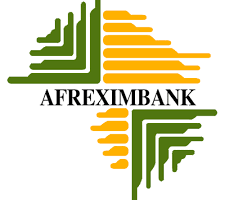There’s little relief in sight for a host of developing nations from Egypt to Malawi and from Pakistan to Ecuador, all of whom are facing a painful economic squeeze as the costs of servicing debt rise further.
Officials from the International Monetary Fund (IMF) and other bodies expect the debt crunch to heap more pressure on these so-called ‘frontier markets’, which are already struggling with the impacts of Russia’s war in Ukraine and the Federal Reserve’s tightening cycle to cool U.S. inflation.
Many of these countries are also still wrestling with the effects of the COVID-19 pandemic. Locked out of worldwide debt markets and with China redrafting its role as the lender of choice to many poorer nations, countries are increasingly relying on the help of the IMF to plug financing gaps.
“Their fiscal space to deal with all of this is very little,” Gita Gopinath, the IMF’s first deputy managing director, told a seminar on the sidelines of the annual IMF-World Bank Meeting. “We will grapple (with this) for several months to come.”
The Washington-based lender has agreed new programmes or augmented existing ones for 18 countries to the tune of $90 billion since Russia invaded Ukraine in February, its managing director Kristalina Georgieva said. Including support since the start of COVID-19, this total rises to $260 billion for 93 countries while another 28 have expressed interest in receiving support.
The fund needs to navigate shoring up fragile economies while ensuring often painful economic reforms don’t fall by the wayside.
“The IMF is trying to strike balance between conditionality and agility,” said Patrick Curran, senior economist at Tellimer, who is in Washington for the international lender’s meetings.
“Countries like Pakistan, Egypt, Lebanon and Sri Lanka can’t simply have the funding without any sort of commitments from the government.”




